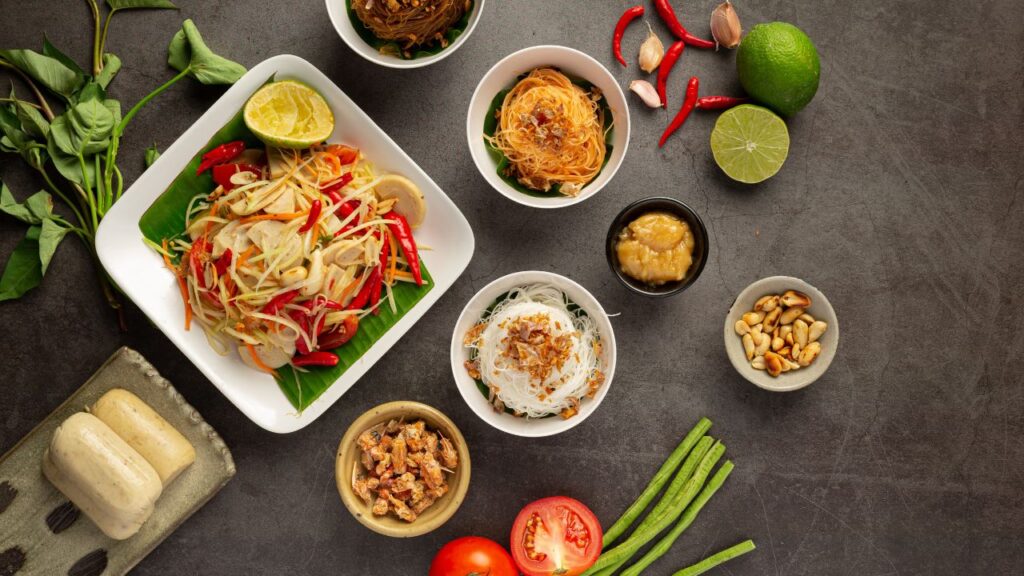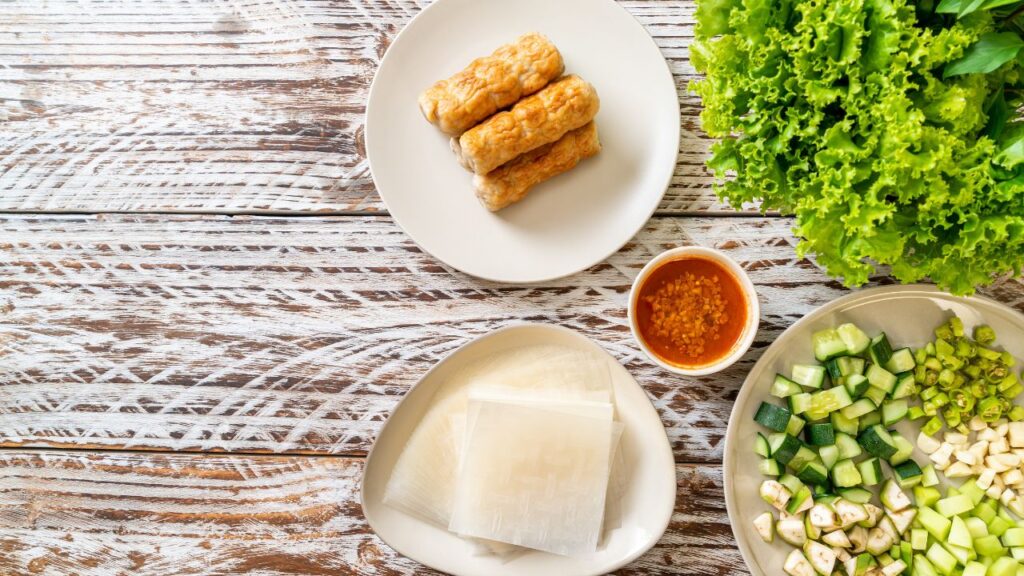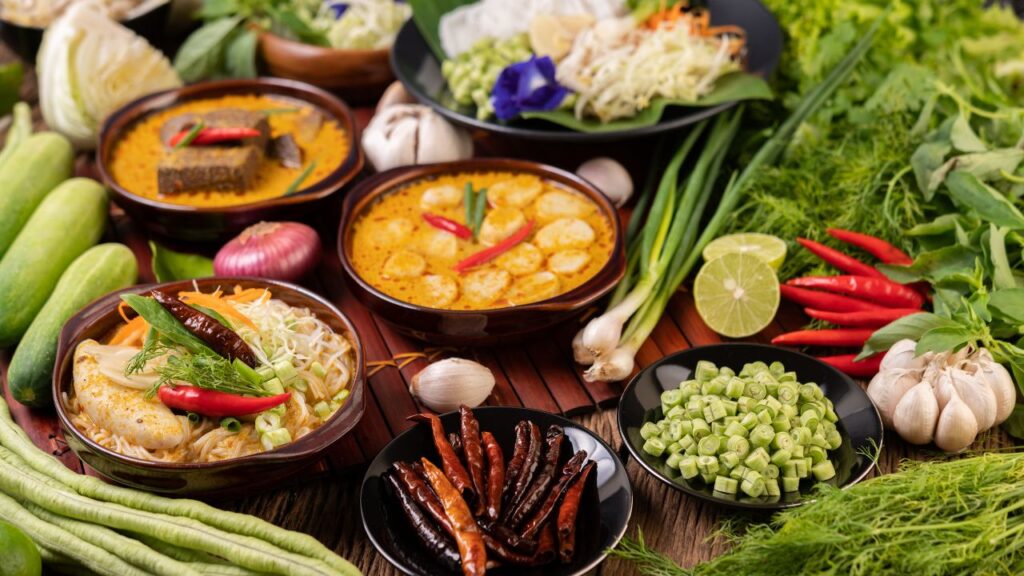Thai cuisine is renowned worldwide for its harmonious blend of flavors—balancing spicy, sweet, salty, and sour in each dish. Among its most celebrated culinary creations are the signature curries, particularly Massaman, Green, and Red. Though all share a coconut milk base and a medley of aromatic herbs, each one has a unique taste profile, cultural background, and level of spiciness. Below is an exploration of what sets these three quintessential Thai curries apart.
1. Massaman Curry: Sweet-Savory Fusion
Origins and Key Flavors
Often hailed as one of the most complex and rich Thai curries, Massaman has roots influenced by Persian and Malay traders who brought their spices to the kingdom centuries ago. The curry paste typically includes dried chili, lemongrass, garlic, galangal, and shallots—common Thai staples—alongside aromatic spices more often found in Middle Eastern or Indian cuisines: cinnamon, cardamom, cloves, and star anise. This results in a flavor that merges sweetness and warmth, unlike the overt heat found in some other Thai curries.
Ingredients and Customization
Traditionally, Massaman curry is cooked with chicken or beef, potatoes, onions, and peanuts, yielding a hearty, stew-like consistency. The peanuts add a nutty depth that complements the mild spice and sweet notes from palm sugar and coconut milk. Some variations will use additional vegetables (e.g., carrots) or even tofu for vegetarian versions. Because it’s less spicy than typical Thai curries, Massaman often appeals to those new to Thai cuisine or seeking a more mellow heat level.
2. Green Curry: Bright, Herbal Heat
Fresh Green Chilies and Thai Basil
Green curry is synonymous with vibrant color and fresh herbal flavors. Its paste is made primarily from fresh green chilies, shallots, lemongrass, galangal, and kaffir lime peel—all pounded together to form a fragrant, bright-green base. The inclusion of Thai basil and coriander leaves further heightens the fresh, zesty aroma.
Flavor Profile and Serving Suggestions
Green curry is typically spicier than Massaman, thanks to the abundance of green chilies, but it maintains a balanced taste through the creaminess of coconut milk and a hint of sweetness from palm sugar. Chicken or fish balls are common protein choices, though pork, beef, or tofu can also be used. Vegetables such as eggplant, bamboo shoots, and bell peppers complete the dish. Served over steamed jasmine rice or thin rice noodles (khanom jeen), Thai Green Curry offers a spicy yet refreshing taste prized in both home cooking and restaurants.
3. Red Curry: Robust and Chili-Forward
Dried Chilies and Classic Aromatics
Red curry leans into a bolder chili presence, utilizing dried red chilies to give it both its fiery hue and a pleasantly smoky edge. The base paste includes staples like garlic, shallots, galangal, and lemongrass, similar to its green counterpart, but the dried chilies imbue it with a more robust and slightly smoky flavor profile. While it can be very spicy, the exact heat level can be adjusted by the number and type of chilies used.
Versatility and Accompaniments
Red curry can be paired with chicken, pork, shrimp, or even duck. It’s often prepared with ingredients like bamboo shoots, bell peppers, zucchini, or Thai eggplants. Because of its stronger heat, red curry is known to pair beautifully with a variety of coconut milk levels—some restaurants use extra coconut cream on top to offset the spice and add richness. Fresh herbs like Thai basil, sliced kaffir lime leaves, or spur chili garnish can bring brightness and color to the final presentation.
Visit us Siam Samrarn Thai Restaurant in Maroochydore. Our restaurant prides itself on offering an authentic Thai dining experience, meticulously crafted by our skilled chefs who blend traditional recipes with the freshest local ingredients. Whether you’re craving the aromatic spices of a classic green curry, the savory depth of massaman curry, or the fiery kick of red curry, Siam Samrarn delivers exquisite dishes that satisfy every palate.












